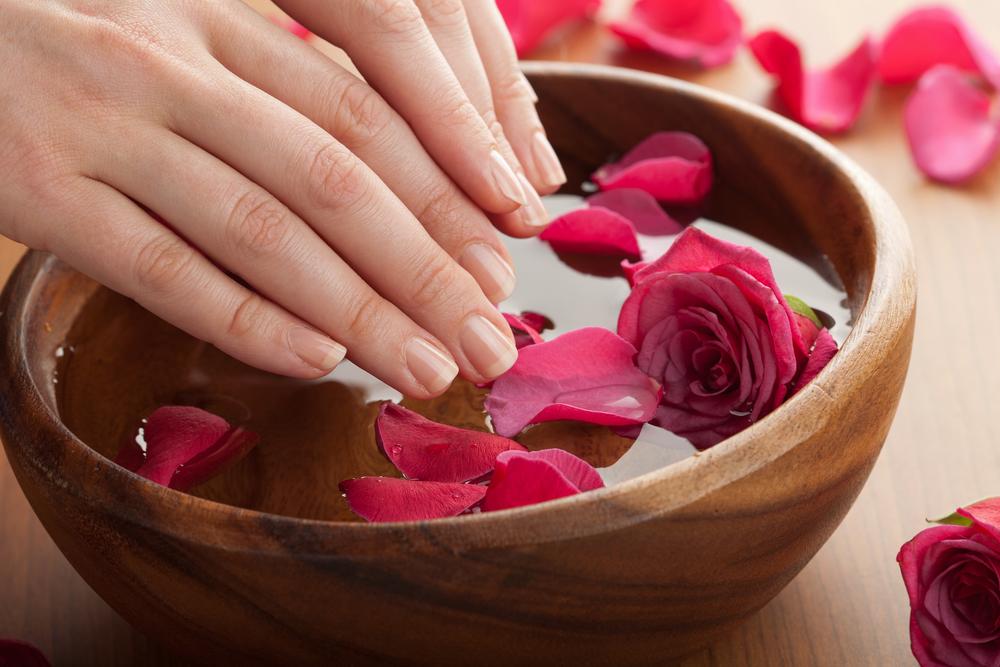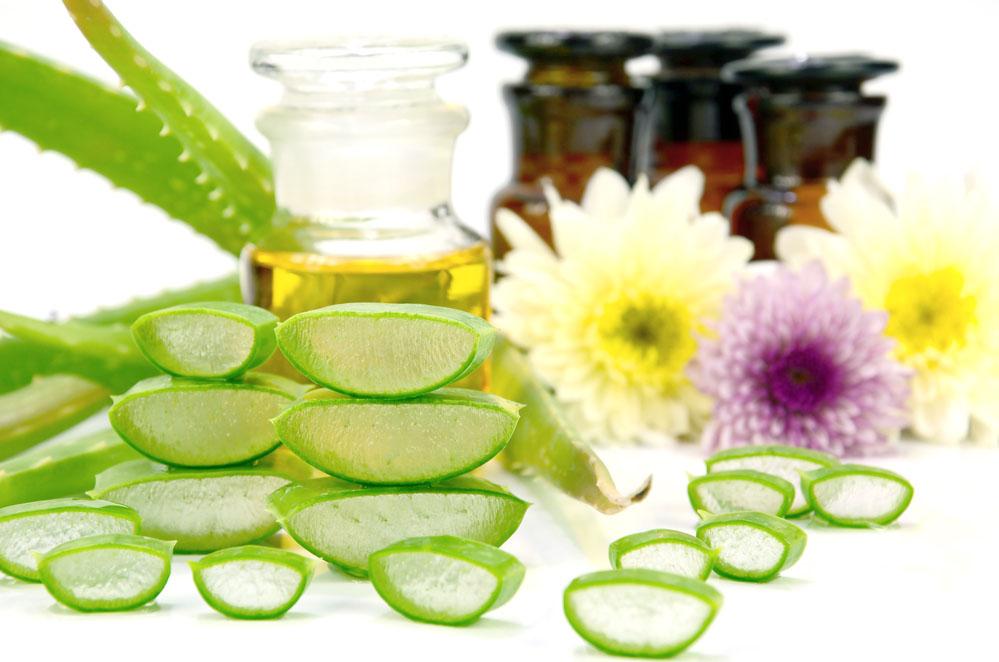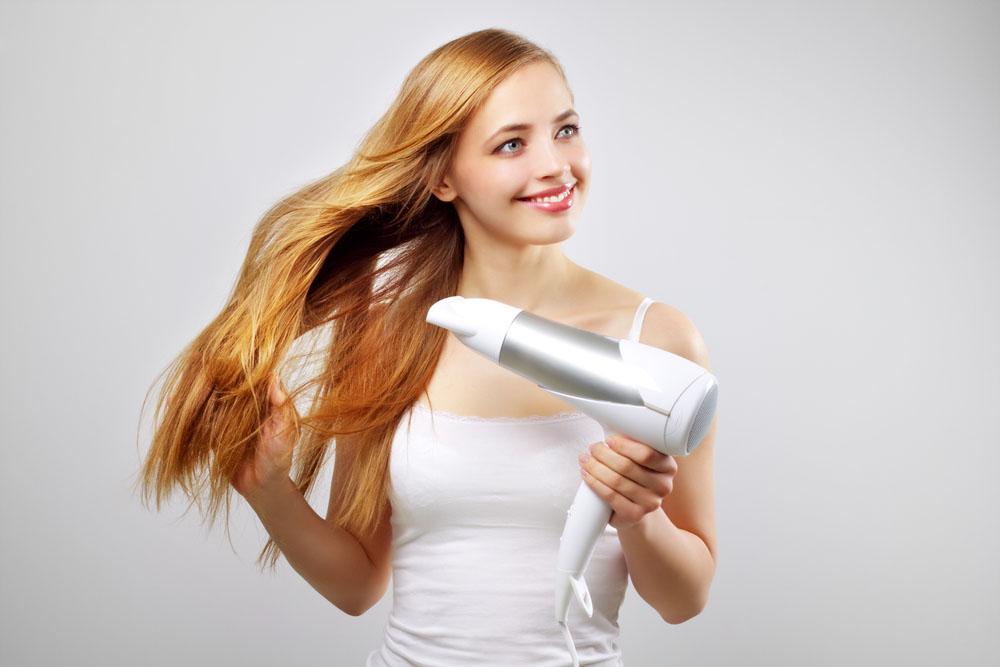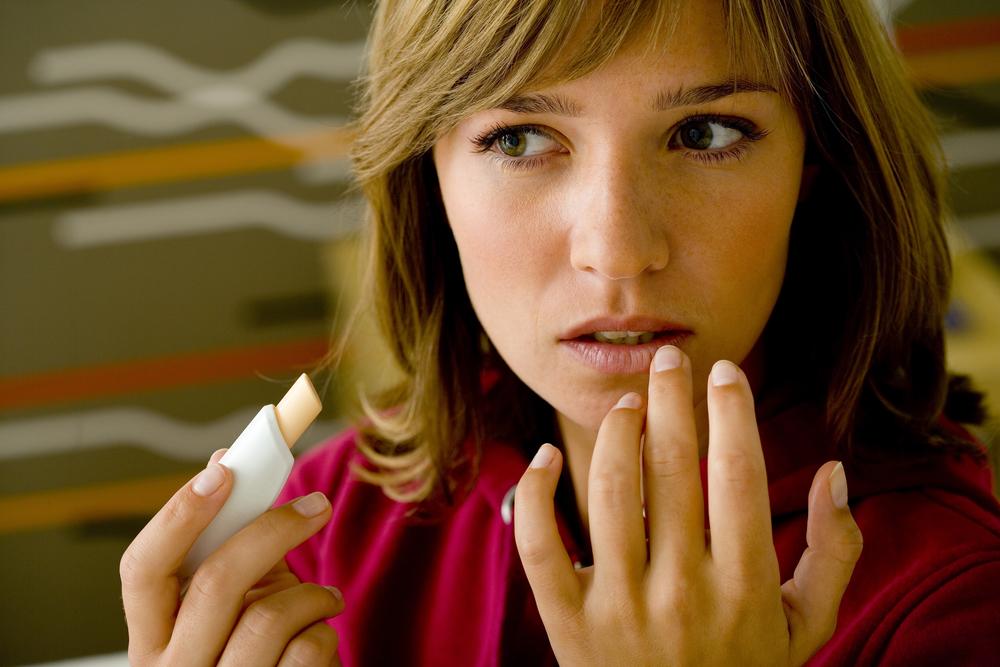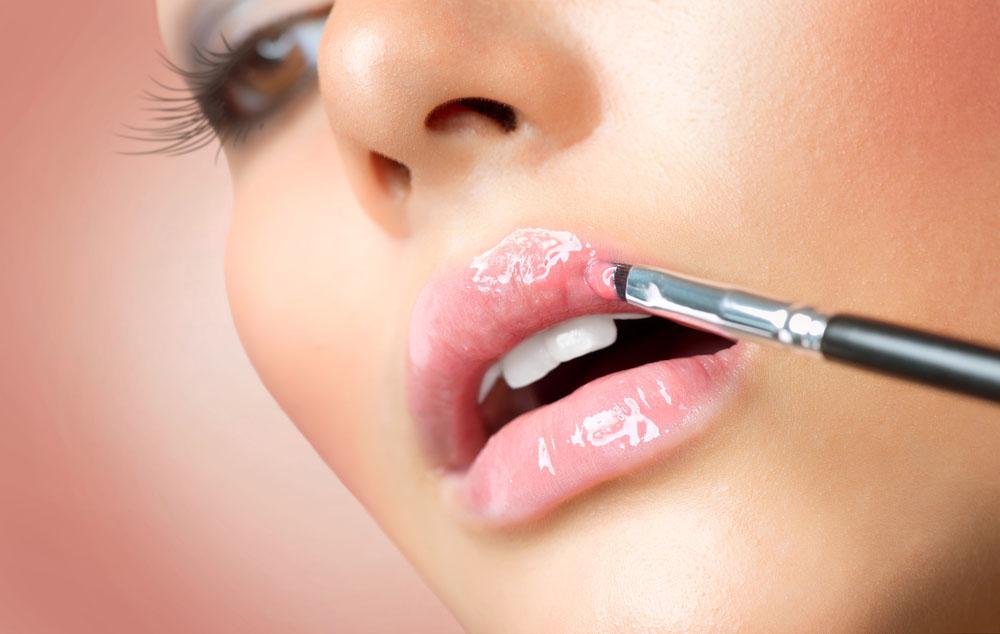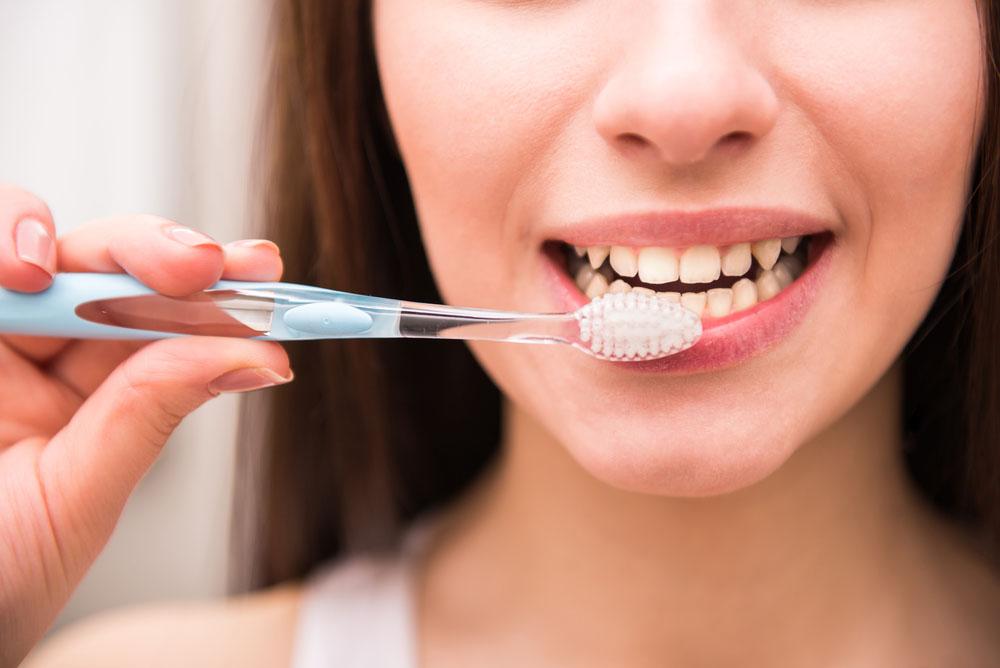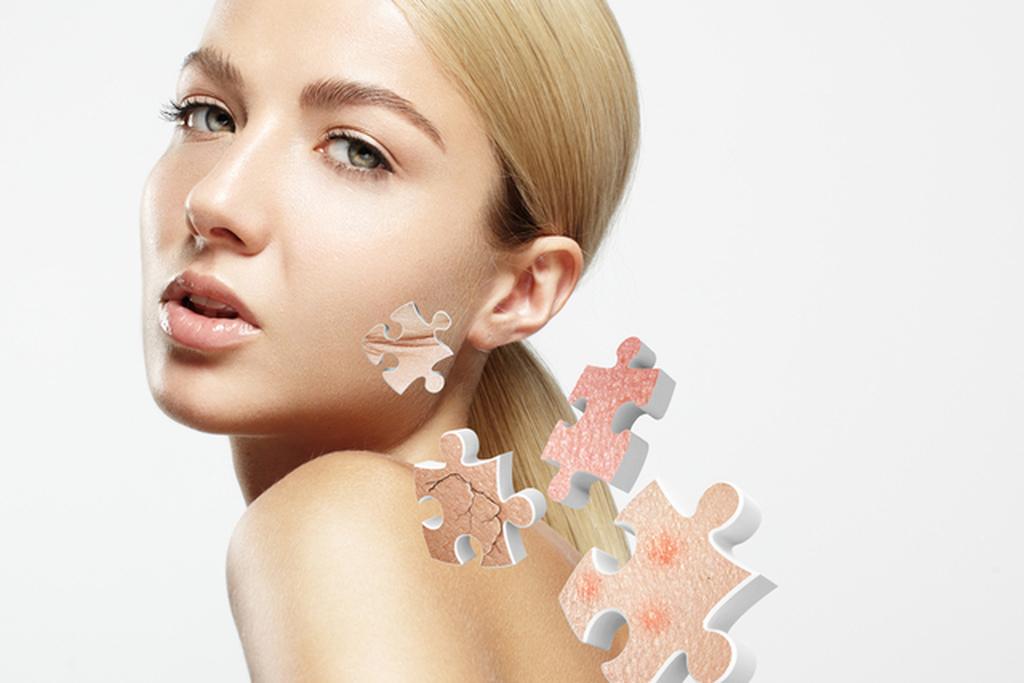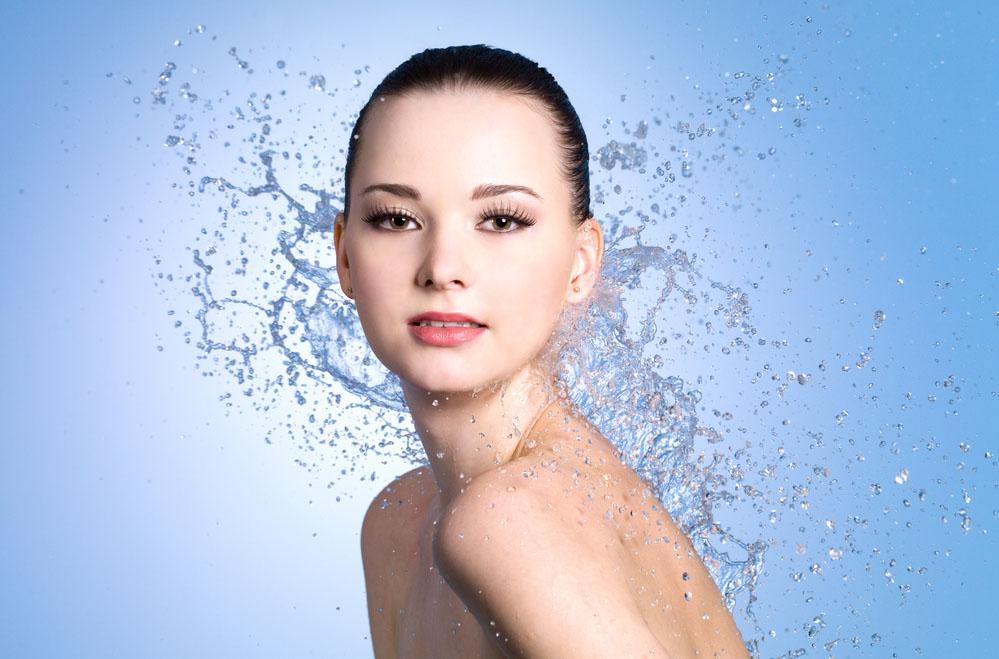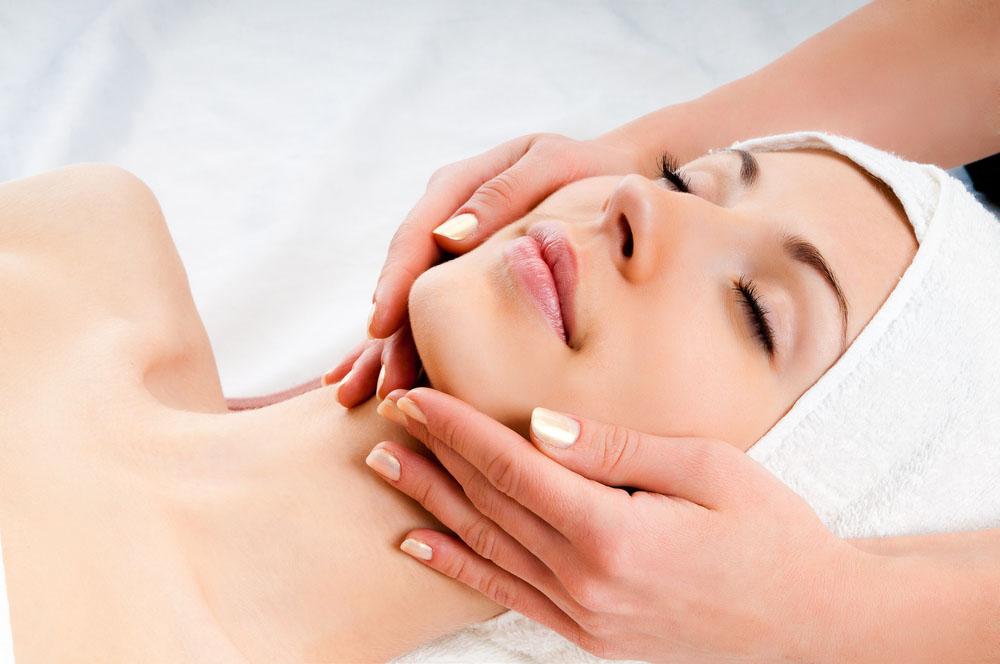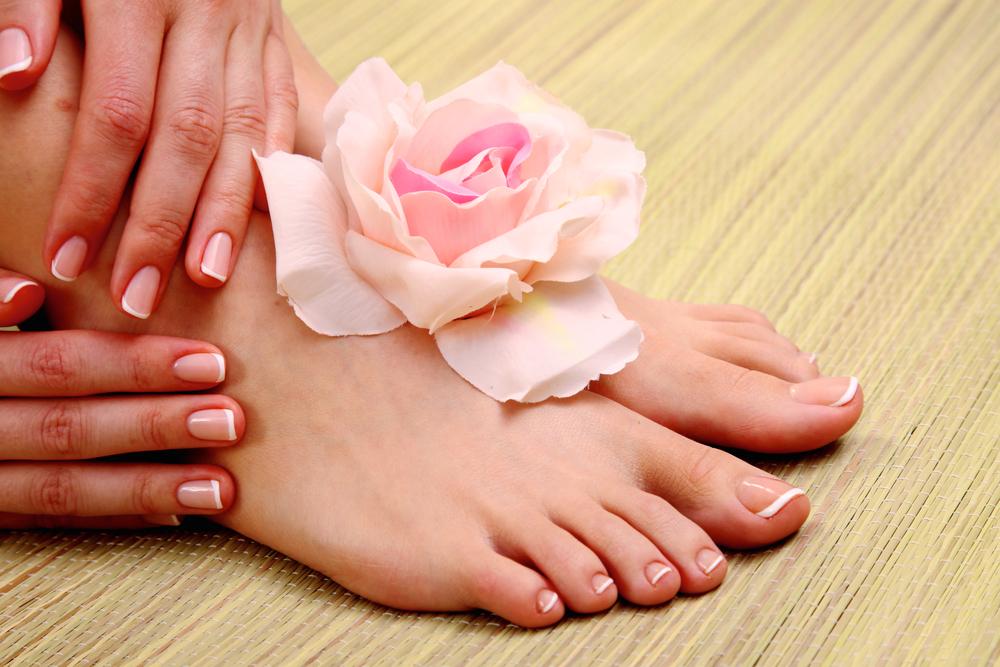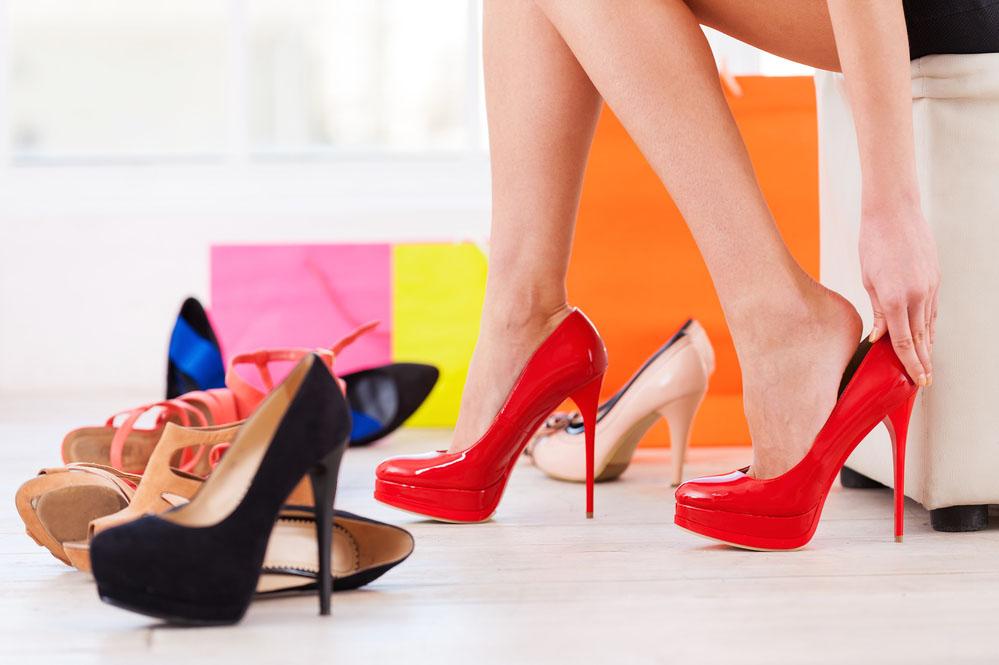Strong, healthy and well-groomed nails are the decoration of our hands, they are even said to be our showcase. However, it is not always easy to maintain beautiful nails, especially when they begin to crumble, split and break. Why is this happening, what is the reason for their weakness, what can be evidenced by changes in their shape and color, and how to make them strong and healthy?
Today, a bit about what our nails "tell" us and how to care for them.
The nails are also aging
It is worth knowing that the nails in this area do not differ from the rest of our body, time also reflects on them. Already after 25 birthdays, their growth rate begins to fall, the nails regenerate more slowly, which can also be the cause of more frequent infections. With age, they also become weaker and fragile like our skin, which gets thin and dry. On their surface, as the changes occur in our body, vertical ridges appear, which in turn can be compared to wrinkles. The passing time is also changing the color of our nails. From slightly shiny and pink, they turn yellowish, grayish, lose gloss and become dull.
Everyday nail life
Very often, we do not realize that every day we expose our nails to damage, the consequences of which do not always have to be seen immediately. All detergents used on a daily basis have a bad effect on their condition, they are guilty of excessive weakening and drying of the nails. Long-lasting soaking in water also has fatal consequences for them. Therefore, if you want to enjoy beautiful nails, you have no choice, you need to convince yourself of protective gloves that will accompany you at home cleaning or washing. Before that, smear nutritious cream, olive oil or coconut oil in your nails, in this way you will treat them to a wonderful care treatment. The nails also do not like wind, frost, frequent temperature changes and too long exposure to the sun, therefore it is necessary to use protective creams and in autumn and winter, when it gets cold wearing warm gloves.

It's all a nail file
Very often, the problem with broken and split nails is associated with an incorrectly selected nail file. The worst are metal, which jerk and damage their plate. Natural nails also don't like coarse paper and cardboard files. If you want your nails to be healthy, not cracked or split, try to choose files that will not damage the structure of their plate. The best are glass, which not only in a gentle way will allow to shape the shape of nails, but also because of the ease in maintaining cleanliness will not become a dangerous habitat for microorganisms. Stone files are also very good, especially for thin split nails.
If you want to avoid damage and splitting of nails, remember to saw them in one direction, except for stone files, which can be filed nails in two directions. Use files not only to shape the nails, but also to shorten them. However, limit the use of scissors and cutters, as they may cause cracking of the nail plate.
Good or bad nail skins?
The nails growing on the nails do not look very nice, but you must know that they do not grow for a reason. Their task is to protect against infections. Cutting them out, therefore, damages the priceless protective barrier, while creating the risk of developing bacterial and fungal infections. Mechanical removal of cuticles can also lead to damage to the nail matrix and, as a consequence, result in, for example, its deformation. Also remember that cut skins grow faster, are thicker and more visible. Therefore, it is much better to move them away using a special spatula. Before that, you need to soften the skins, for example, soaking your hands in warm water with the addition of olive oil, which will additionally moisturize them, or using special softening preparations. The cuticles should be moved gently so as not to damage the nail. After the procedure, it is good to lubricate them with vitamin A + E.
We choose a nail cleaner
Very often used nail polish remover has one important task: it must help get rid of nail polish from nail polish. It would be good, however, not to weaken it. So let's be aware that the wrong choice of cleaner can have very bad effects on your nails. The main culprit is obviously the basic ingredient in many of them - acetone. It is he who dries nails and as a result they become brittle and brittle. Therefore, before buying a cleaner, you need to check its composition and choose one that will not contain acetone above all. A good cleaner should contain vitamins A, E, C and B5 as well as vegetable oils e.g. from grapes, sesame or coconut. You can also add a few drops of oil or olive oil to the remover yourself, then you will certainly avoid drying and irritation of the nails.
"Feed" your nails
Poor dull and brittle nails are very often the result of a poor diet. They lose their healthy appearance when our body lacks zinc, iron, calcium, silicon, copper, B vitamins, vitamins A, E, D, K and C, and protein. So make sure that your plates do not lack dairy products, lean meat, eggs, carrots, broccoli, peppers, tomatoes, beans, cabbage, cauliflower, avocados, currants, blueberries, pomegranates, gooseberries, nuts, almonds, pumpkin seeds, seeds sunflower, whole grains, parsley and fish. On the other hand, limit stimulants, highly processed foods, salt and sugar, and before you reach for supplements supplementing the diet, remember that the best digestible nutrients are those that you supply to your body naturally.
Moisturize and nourish
Nails, like the hands, need moisturizing, so it is very important to massage the cream into the nails and cuticles a few times a day and always after contact with water. For moisturizing and nourishing, also use specially created nutrients. If you want to strengthen and accelerate their reconstruction, use those that contain calcium and keratin, thanks to them you will fill the cavities formed in the nail structure, making them strong and smooth. Weak and brittle nails also need iron, ceramides, silicon as well as vitamins F, B7 and A overdried, while vitamin E and B5 will help, the effect of hardening and sealing the plate will be obtained thanks to silk proteins and diamond dust contained in nutrients.
Bath, mask and oil
Intensive nourishment and moisturizing of the nails is a very important element of their proper care, therefore baths, masks and so-called oiling. However, to get the expected results, baths and masks should be done 2-3 times a week and oiling damaged and weak nails even 3 times a day.
A bath in warm olive oil has a very good effect, probably known to everyone, to enrich it, we can add two capsules of vitamin A + E and a tablespoon of honey to a glass of olive oil. Such a bath will perfectly moisturize and nourish not only nails, but also hands. Soaking the nails in a thick infusion of linseed or in gelatin also works great. A very simple way to strengthen nails is to lubricate castor oil in them, thanks to which the nails will be healthier, stronger and perfectly moisturized, they will not crumble and split. Castor oil can also cope with dry skin. Also try a mask - mix two tablespoons of castor oil with yolks and a teaspoon of lemon juice, this will create a cosmetic that will moisturize, nourish and even color the nail plate. Soaking nails in orange juice, which thanks to the content of folic acid and vitamin C stimulates their growth and strengthens their condition, also has a nice effect. The condition of your nails will also improve if you rub in them vitamin A + E, coconut, almond, linseed, grape, raspberry or rice oil, thanks to which your nails will become shiny, strong and flexible.
Nail polish? Yes, but not necessarily every day
Nail polish can not only dry them, but also change the color of the plate, so it's best to apply nails before applying the conditioner. Remember also that the nail covered with varnish has virtually no access to oxygen, and nutrients contained in e.g. cream do not reach it. Therefore, from time to time you should wash the varnish and allow the nails to breathe for several days, while using regenerative and moisturizing treatments (baths, masks, oiling or treatment with a special nail serum).

Health written on nails
The condition of your nails can also say a lot about your health. All kinds of deformations, furrows, lumps and changes in color may be a symptom of an ongoing disease process in our body.
If the nails get concave so that a drop of water can be held on their surface like a small spoon, it can mean iron deficiency and hypoxia. Spoon nails can also be a symptom of heart problems, thyroid disorders or a sign of autoimmune diseases. In turn, nails that look like convex bubbles can be indicative of lung, heart, digestive and thyroid diseases. Transverse stripes on the nails can speak of an acute infection, they also appear when there is a strong intoxication of the body and during severe infectious diseases. It also happens that they are a symptom of developing diabetes or psoriasis. Most often, however, they appear as a result of mechanical damage. Oblong furrows are found mainly in the elderly and are a sign of the passage of time, but they can, however, signal disorders in the circulatory system, rheumatism, be a symptom of lichen planus or a deficiency of vitamin B. However, defects in the nail plate may be indicative of psoriasis, and white dots may cause calcium deficiency. zinc and iron, signal disturbances in the metabolism or hormonal fluctuations occurring in the body. Yellow or greenish nails may indicate fungal infections, kidney, lung and liver diseases, and yellowing of the plaque can also be caused by smoking. In contrast, a dark spot, which sometimes also covers part of the finger, can be a symptom of nail melanoma. Split ends are the result of poor care or hypothyroidism. Brittle and pale, in turn, a sign of anemia.
Therefore, nail changes can be not only a symptom of poor care and neglect, but also a symptom of often very serious diseases, so if you notice that the appearance of your nails has changed, it is worth going to a dermatologist who will order additional tests and dispel all your doubts.

